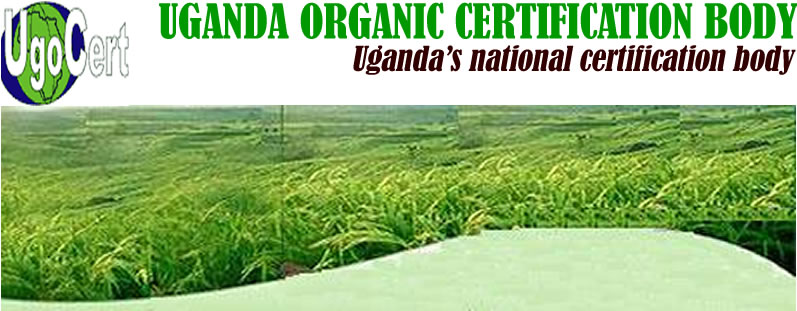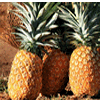Are you tired of eating the same boring meals every night? Do you want to start growing your own vegetables, but don’t have the time or space to do so? Then this article is for you! In less than 30 minutes, you will be able to create a vegetable garden that will provide you with fresh fruits and vegetables all year long.
How to choose the right plants for your garden
There are a lot of different types of vegetables that you can grow in a garden, so start by deciding what type of vegetable you would like to grow. Once you have decided on the type of vegetable you would like to grow, research which plants are best suited for your area and climate. When choosing plants for your garden, make sure to take into account how easy they are to grow, how much space they will require, and what types of nutrients they need. After planting the seeds, give your garden a little water every day and fertilize once a month with a high-nitrogen fertilizer. Check on your garden every week to see if there is anything that needs attention, such as weeding or watering.
How to prepare the garden soil
To prepare the soil for a vegetable garden, you will need to add organic matter and garden soil mix. This will help improve the fertility and drainage of the soil.
Once you have added the organic matter, be sure to start mixing in some garden soil mix. This will help to create a light, yet solid base for your plants to grow in.
When harvesting your vegetables, be sure to use a hand tool or a vegetable hoe to avoid damaging the plants. Taking these simple steps can help ensure a healthy harvest and long-term success with your garden.
How to water your garden
When it comes to watering your vegetable garden, there are a few things you need to keep in mind. First, always water your garden in the morning or evening, when the sun is not directly shining on it. This will help to avoid scorching the plants. Second, make sure to water the soil, not the plants themselves. Third, water lightly at first and then increase the amount of water you give the plants as needed. Finally, never let your garden dry out completely – always leave enough moisture in the soil to help prevent diseases.
How to fertilize your garden
There are a variety of fertilizers that can be used to fertilize your garden, and each has its own advantages and disadvantages. Different plants need different amounts of fertilizer, so it’s important to find out what type of fertilizer is best for the plants in your garden. There are many ways to fertilize your garden, and you can decide which method is the most convenient for you.
Fertilizing your garden is important for a number of reasons. First, it helps the plants grow and produce fruits and vegetables. Second, it helps the plants resist damage from pests and diseases. Third, it helps the plants perform their natural functions. Fourth, it makes the garden attractive to look at. Fifth, it helps the plants grow faster. Sixth, it makes the garden more resistant to drought. Seventh, it makes the garden more fertile. Eighth, it makes the garden more resistant to weed growth. Finally, fertilizing your garden is a great way to economize on resources.
There are a variety of fertilizers that can be used to fertilize your garden. Some common fertilizers include compost, manure, animal droppings, and plant foods (such as blood meal or seaweed extract). Each fertilizer has its own advantages and disadvantages. For example, compost is a good option if you want to add nutrients to the soil slowly over time. manure is good if you want to add nitrogen fertilizer quickly. animal droppings are good if you want to add nitrogen and phosphorus simultaneously. plant foods (such as blood meal or seaweed extract) are good if you want to add high levels of nutrients quickly.
Different plants need different levels of fertilizer. For example, potatoes need more nitrogen than lettuce does. You can determine how much fertilizer a particular plant needs by using a nutrient test kit or by consulting a gardening guide. There are many ways to apply fertilizer to your garden, and you can choose which method is the most convenient for you.
There are many ways to apply fertilizer to your garden. You can pour it onto the soil surface using a hose or sprinkler, pour it into planting holes using a hand pump or a bucket, put it into fruit trees using a drip system, or inject it directly into the roots of plants using an injection device. You can also apply fertilizer using an organic matter mulch if you have one available.
Finally, fertilizing your garden is a great way to economize on resources. By fertilizing your garden properly
How to harvest your vegetables
When you’re ready to harvest your vegetables, use a garden fork or hoe to loosen the soil around the roots and pull the vegetable up. Be sure to protect tender young vegetables with newspapers or cloth before storing. Harvesting vegetables is a seasonal task, so plan your garden accordingly.
Tips for preserving your vegetables
Preserving your vegetables is important for a number of reasons. Not only do they taste better when they’re fresh, but they can also be used in a variety of dishes. Here are six tips for preserving your vegetables:
1. Get creative with your vegetable preservation techniques.
2. Make the most of your harvest by canning, freezing, drying, or preserving it in some other way.
3. Get creative with your vegetable gardening tools and techniques.
4. Try new methods of vegetable preservation to find the best one for you.
5. Plan your harvest and stockpile what you need so that you can freeze or store the vegetables year-round.
6. Enjoy your vegetables while they are still fresh and in season!
If you are short on time, but want to have a veggie garden, then this guide is for you. By following the easy steps outlined, you’ll be able to grow healthy vegetables in a short amount of time.






